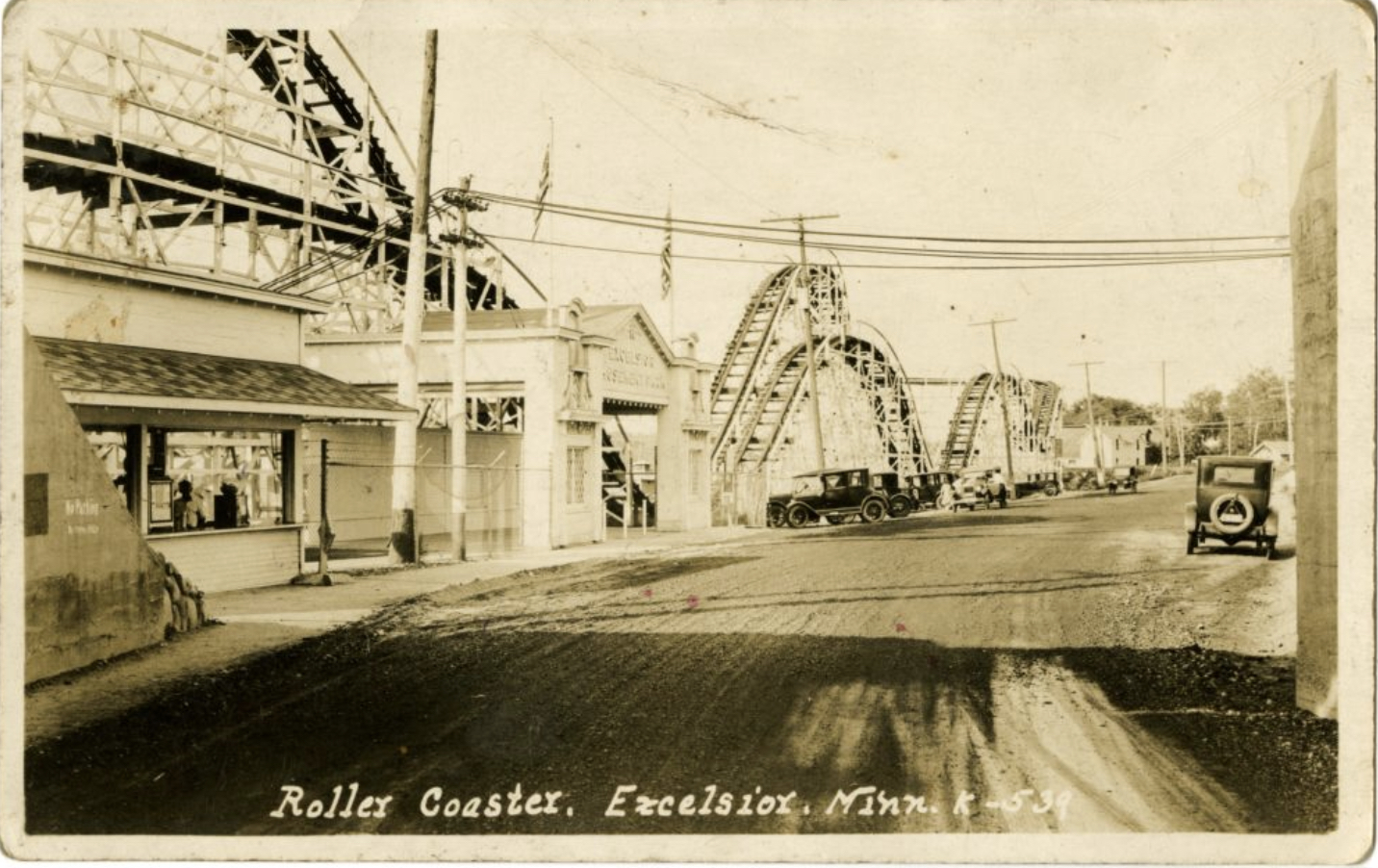
Geography
Lake Minnetonka was formed approximately 10,000 years ago as the Laurentide Ice Sheet receded northward. The lake is a collection of kettle lakes connected by channels and marshlands, which, along with 18 islands, comprise its irregular shape and 125 miles of shoreline. Lake Minnetonka is divided into two halves, the Upper Lake in the west and the Lower Lake in the east, reflecting the easterly water flow in the lake's watershed. The deepest point of Lake Minnetonka is 113 feet in Crystal Bay. The average depth of the lake is approximately 30 feet. With a surface area of 14,528 acres, Lake Minnetonka is the ninth-largest lake in Minnesota.
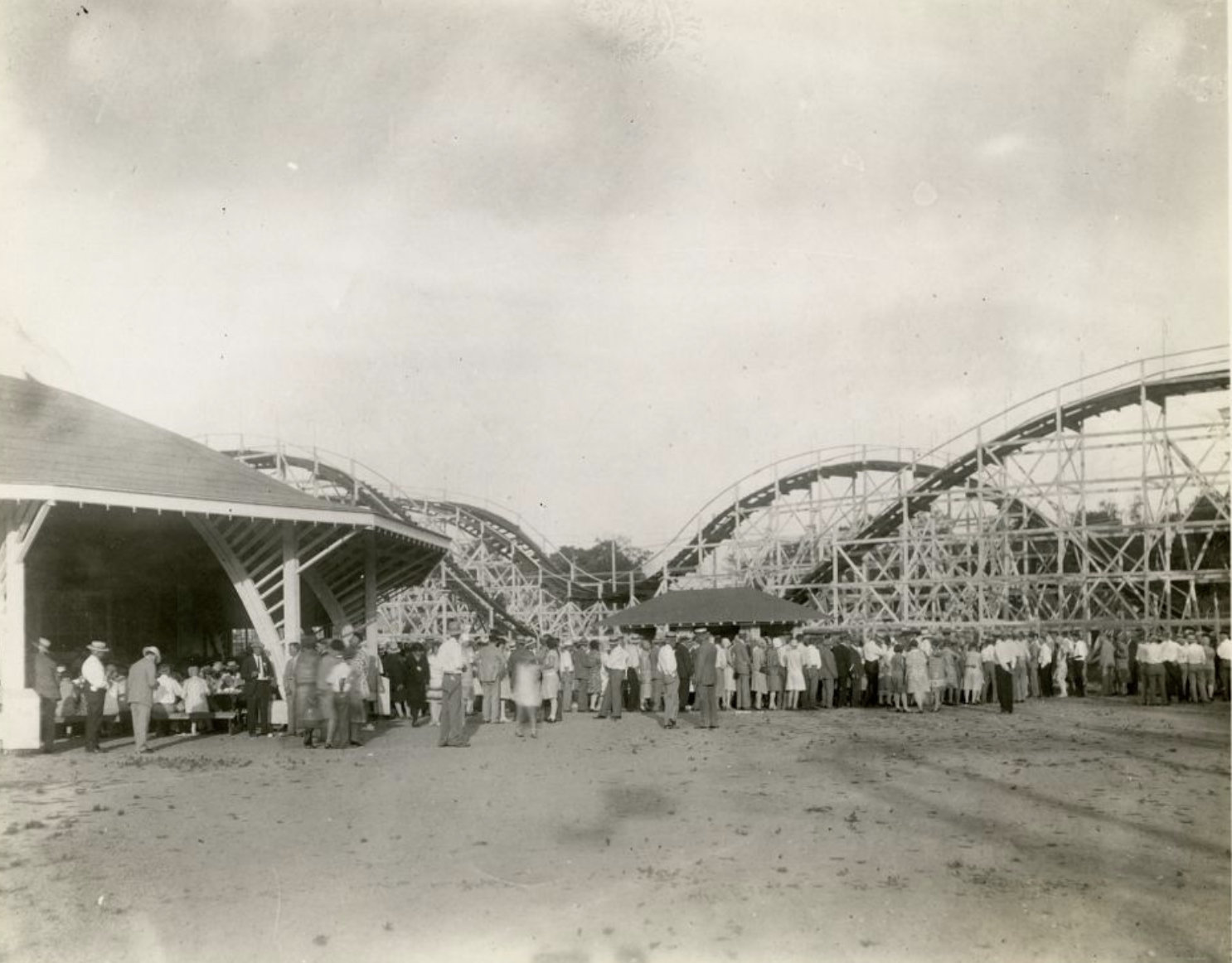
HISTORY
Indigenous Tribes
The first people who inhabited the Lake Minnetonka area were indigenous natives who migrated to the region at the end of the last ice age circa 8000 BCE. Later peoples who inhabited the area between 3500 BCE and 1500 CE are commonly referred to collectively as the "Mound Builders" because they constructed large land features serving spiritual, ceremonial, burial, and elite residential functions. The Mound Builder culture reached its apex circa 1150 CE and ceased to exist circa 1500 CE.
By the 1700s Lake Minnetonka was inhabited by the Mdewakanton people, a subtribe of the Dakota Nation. Although their primary settlements lay within the Minnesota River Valley, the Mdewakanton frequented Lake Minnetonka to hunt, fish, and collect maple syrup. Spirit Knob, a peninsula near present-day Wayzata, held spiritual significance for the Mdewakanton.
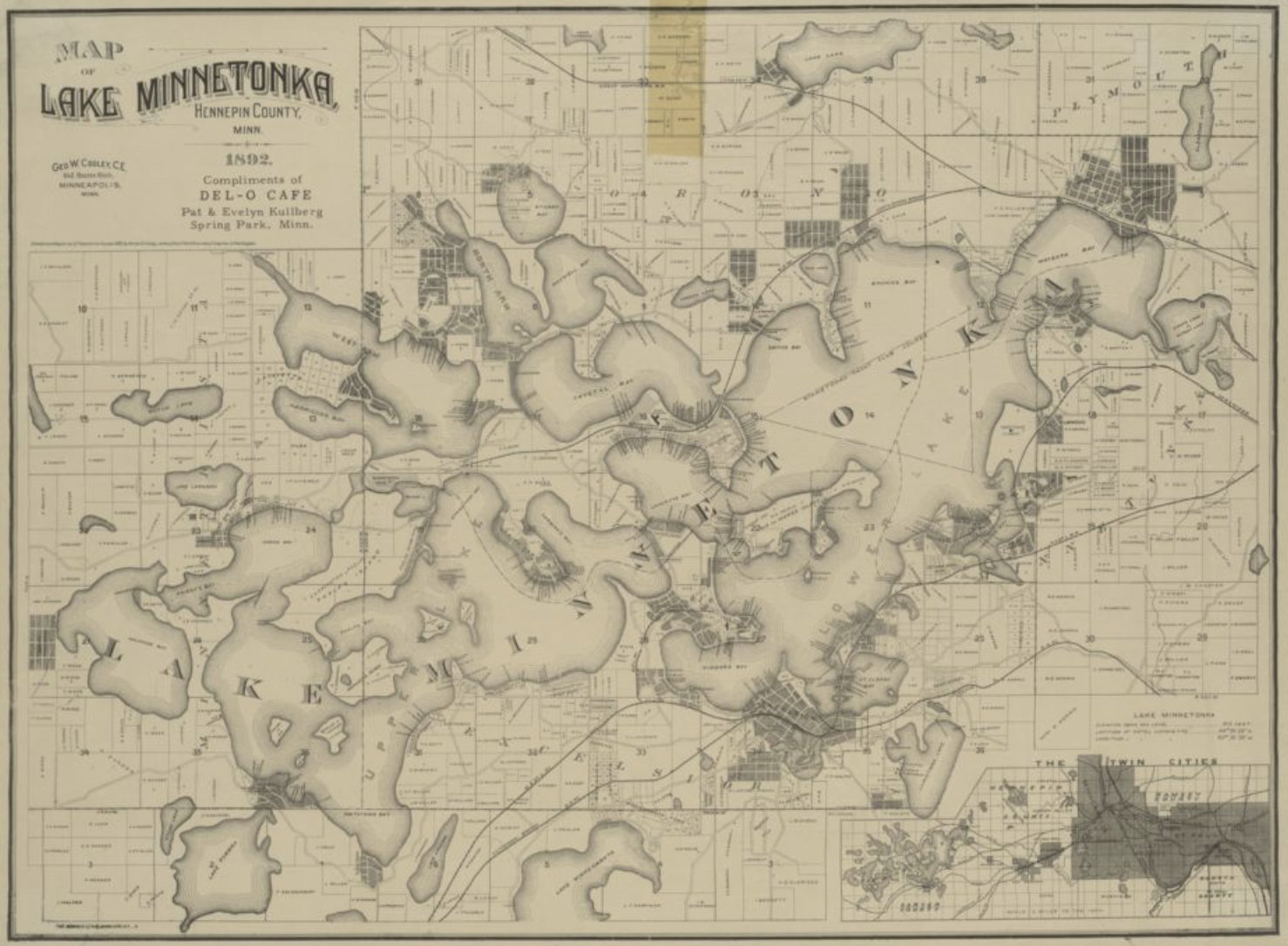
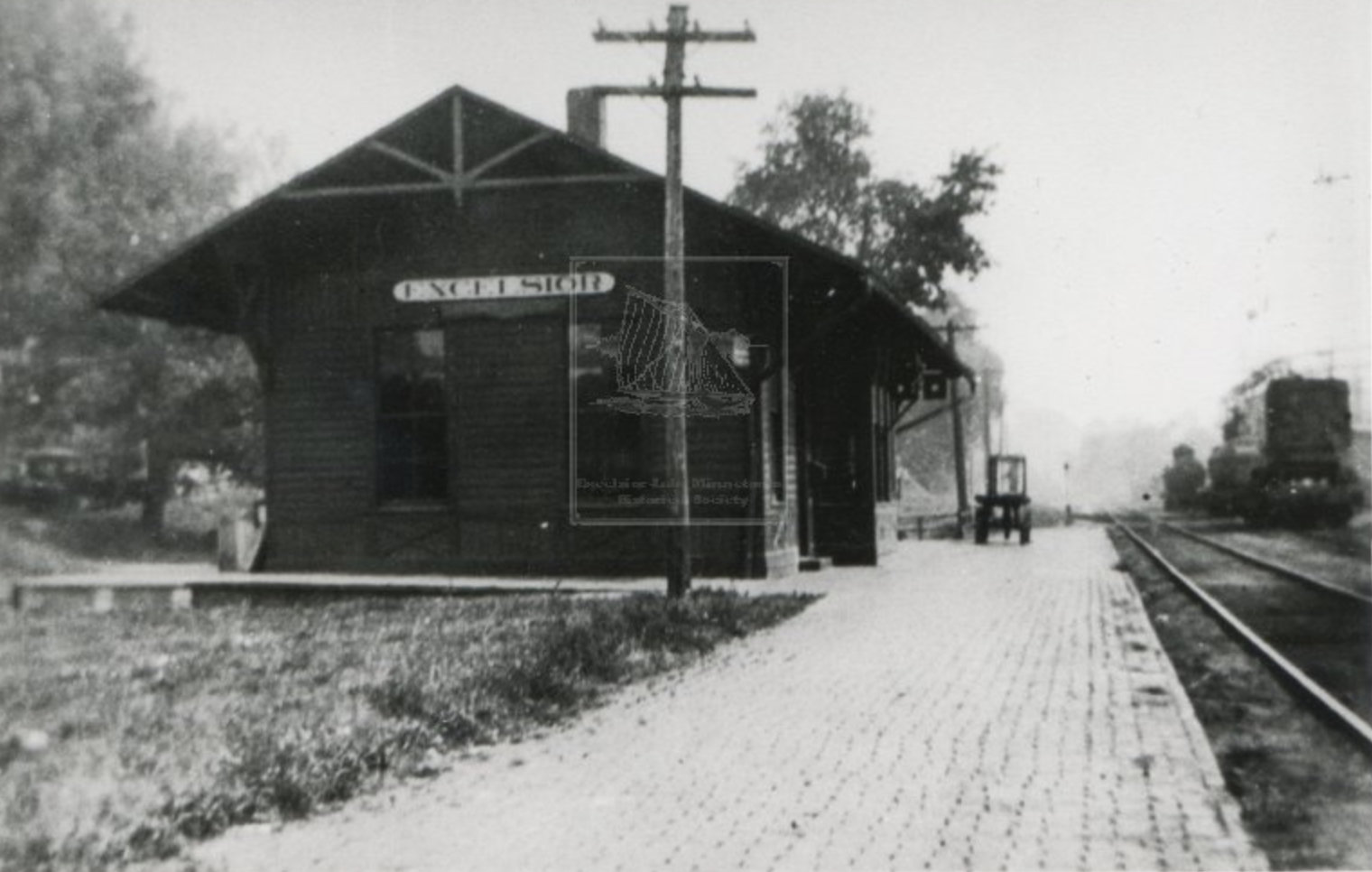
Euro-American Settlers
The first Euro-Americans known to have visited Lake Minnetonka were two teenage boys, Joe Brown and Will Snelling, who canoed up Minnehaha Creek from Fort Saint Anthony in 1822. However, few other Euro-Americans visited the lake or even knew of its existence for three subsequent decades.
Lake Minnetonka was officially named by Minnesota's territorial governor, Alexander Ramsey, in 1852. He had been informed that the Dakota used the phrase Minn-ni-tanka (“Big Water” in the Dakota language) to refer to the lake. Excelsior, the lake's first settlement, was established the following year. The first steamboat on Lake Minnetonka, a small side-wheel steamer named the Governor Ramsey, was launched in 1861. Travel to Lake Minnetonka remained relatively difficult, however, until the Saint Paul and Pacific Railroad extended a line to Wayzata in 1867.
Peter Gideon, an early Minnesota horticulturist, moved to the Lake Minnetonka area in 1853. In 1868 he successfully bred a species of apple that could withstand Minnesota's harsh winters and named it the "Wealthy" in honor of his wife. This breakthrough made possible the later developments of the Haralson and Honeycrisp apples in 1913 and 1974, respectively.
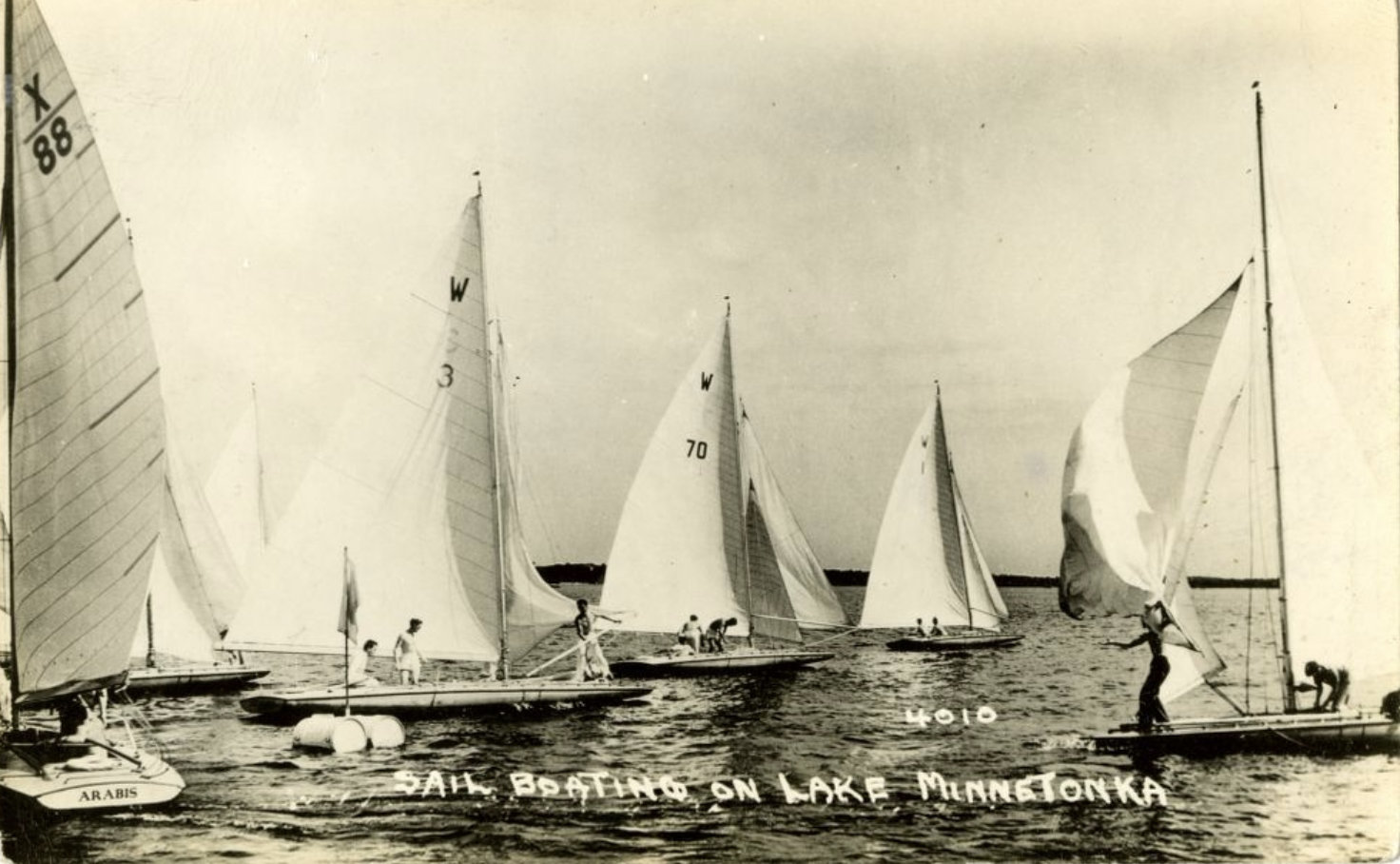
GLORY YEARS
Hotels and Steamboats
The construction of hotels and boarding houses near Lake Minnetonka boomed during the 1870s and early 1880s. The first large hotel on the lake, the Hotel Saint Louis in Deephaven, was built in 1879 and boasted 150 guest rooms with private verandas. The larger Lake Park Hotel was completed in Tonka Bay later that year. The largest hotel ever built on Lake Minnetonka, the Hotel Lafayette in Minnetonka Beach, opened in 1882. At nearly 800 feet long and five stories tall, the Hotel Lafayette could accommodate over 400 guests. Many guests hailed from the Deep South and spent entire summers on the lake to enjoy its scenery and cooler climate.
Large steamboats also proliferated on Lake Minnetonka during this time. The first inland steamboat ever to be equipped with electric lights, the City of Saint Louis, was assembled in Wayzata in 1881 and began servicing lakeside communities and resorts later that year. The largest vessel ever to operate on Lake Minnetonka, the Belle of Minnetonka, was launched and put into service in 1882. At 300 feet long, the Belle of Minnetonka could purportedly accommodate up to 2,500 passengers.
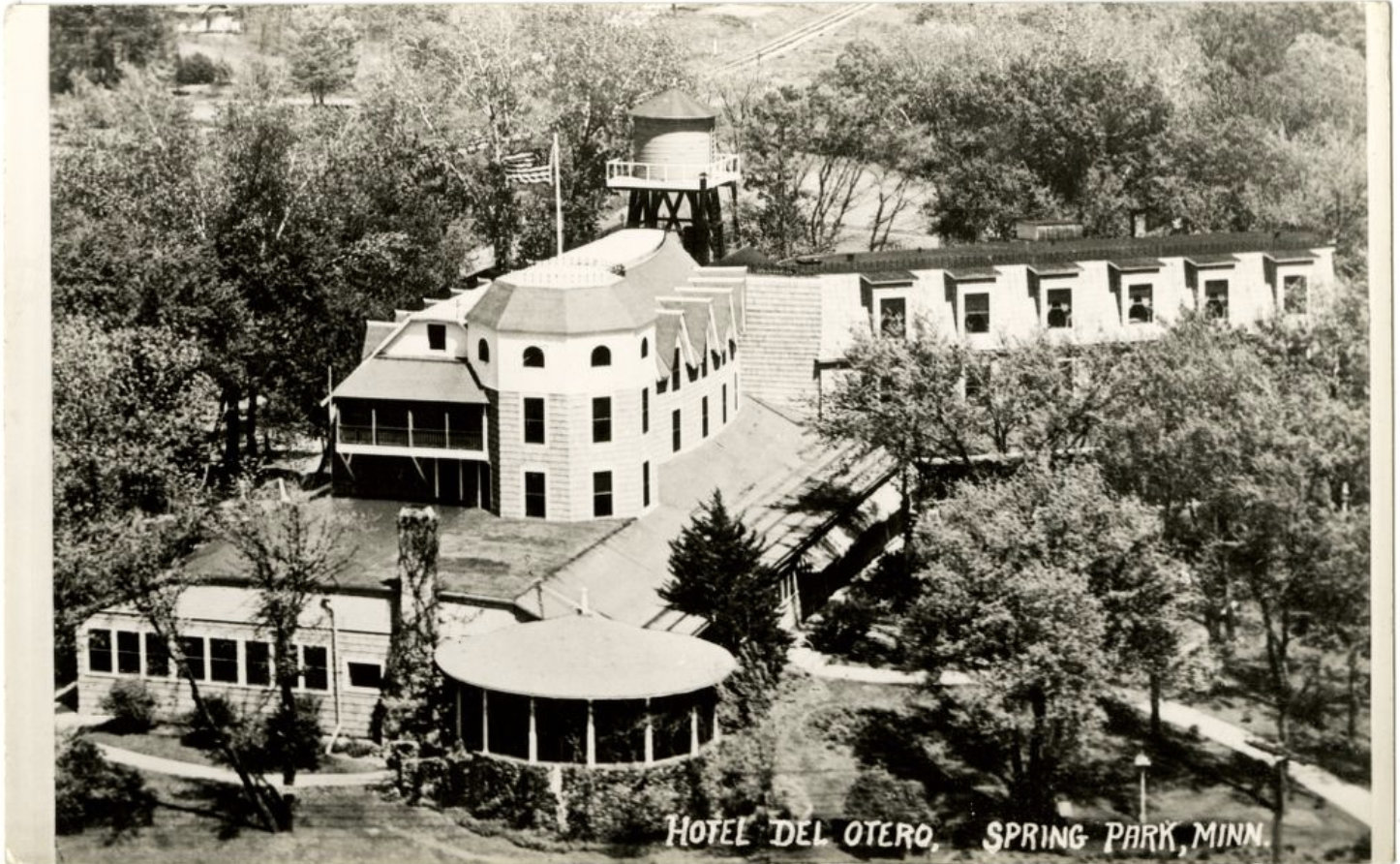
_.jpeg)
Yacht Club and Summer Cottages
The lake's first yacht club, the Minnetonka Yacht Club, was founded in 1882 in Deephaven. Hazen Burton, one of the club's original co-founders, is credited for commissioning the development of the racing scow. When he debuted the first racing scow, the Onawa, in 1893, it was disqualified for winning nearly every regatta it entered. The rules were eventually modified, however, and racing scows became popular within the sailing community worldwide. The Onawa is currently displayed at the Excelsior-Lake Minnetonka Historical Society Museum in Excelsior.
Many of Lake Minnetonka's visitors began finding new places to vacation as the railroads expanded westward in the 1890s, causing most of the lake's hotels and steamboats to suffer financially and cease operations. Some hotels burned during this time, but most were demolished or dismantled. By 1900, however, an increasing number of families had begun to construct private summer cottages around Lake Minnetonka. Permanent homes and grand country estates also began to appear around the lake as the Twin Cities metropolitan area grew. Some of these homes and cottages still exist, including the Thompson Summer House in Minnetonka Beach.
In 1905 the Twin City Rapid Transit Company (TCRT) extended a streetcar line to the village of Excelsior on Lake Minnetonka's southern shore. The lake saw a dramatic change in 1906 as TCRT also opened Big Island Park on Big Island and debuted its Express Boat service. The Express Boats, casually referred to as “streetcar boats,” were essentially floating streetcars that served the lake's summer residents. Six (and later seven) of these steamboats connected 26 landings around the lake to Excelsior, where passengers could transfer onto streetcars bound for the Twin Cities. Many streetcar boat passengers were lakeside residents commuting to their jobs in Minneapolis and Saint Paul. Tourists, on the other hand, could board one of three large ferry boats bound for Big Island Park, where they could picnic, enjoy live music, and ride several attractions. However, TCRT closed Big Island Park in 1911 due to its excessive operating and maintenance costs.
Ridership on the streetcar boats began to plummet when roads were improved in the area in the early 1920s. Steamboat service on Lake Minnetonka grew evermore limited during this time, and by 1926 TCRT had suspended all steamboat service on the lake. To rid itself of the vessels, TCRT scuttled three of the seven streetcar boats in deep water north of Big Island that summer. Three of the other boats were scrapped shortly thereafter, and one was sold and used as an excursion boat until it, too, was scuttled in 1949. Streetcar service to Excelsior continued until 1932.
Crane Island, an island near the western shore of the lake, was organized as a summer cottage retreat in 1907. The Crane Island Association platted a number of lots around the perimeter of the island and dedicated a commons area at its center. Many of the island's original cottages remain, and today it is a historic district listed on the National Register of Historic Places.
Several of the area's most prestigious country clubs, including the Lafayette Club, Minnetonka Country Club, and Woodhill Country Club, were also founded during this period.
Fred W. Pearce, a well-known amusement park operator, opened Excelsior Amusement Park in Excelsior in 1925. Attractions included a fun house, the Silver Streak, the Scrambler, a carousel, picnic accommodations, and a roller coaster called the Cyclone. The Rolling Stones performed live at the park's Danceland pavilion in 1964 for a crowd of approximately 300. Excelsior Amusement Park continued to be a tourist destination until it closed in 1973. Today the site is occupied by a condominium complex and Maynards Restaurant.
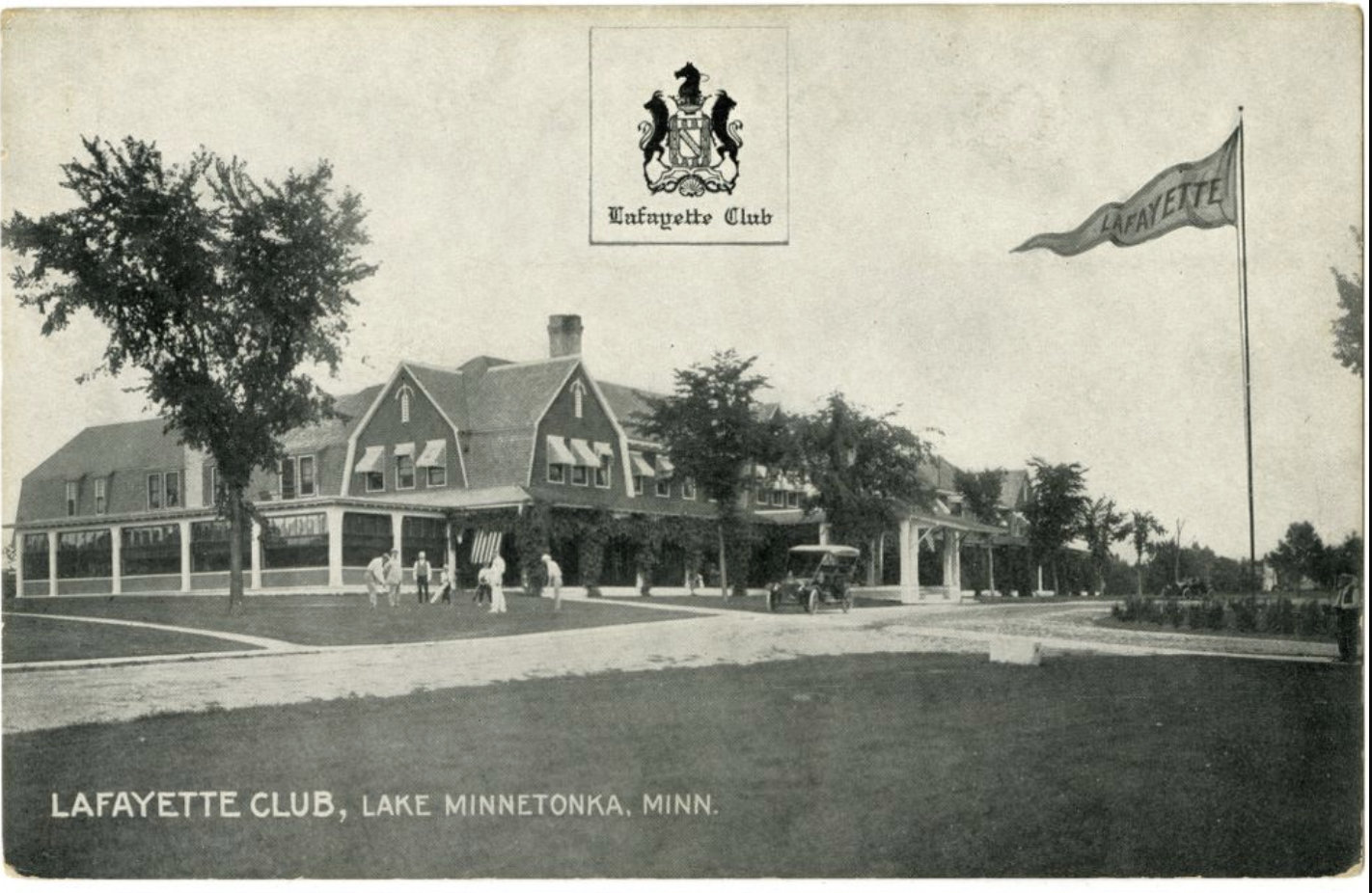
GLORY YEARS
Express Boats
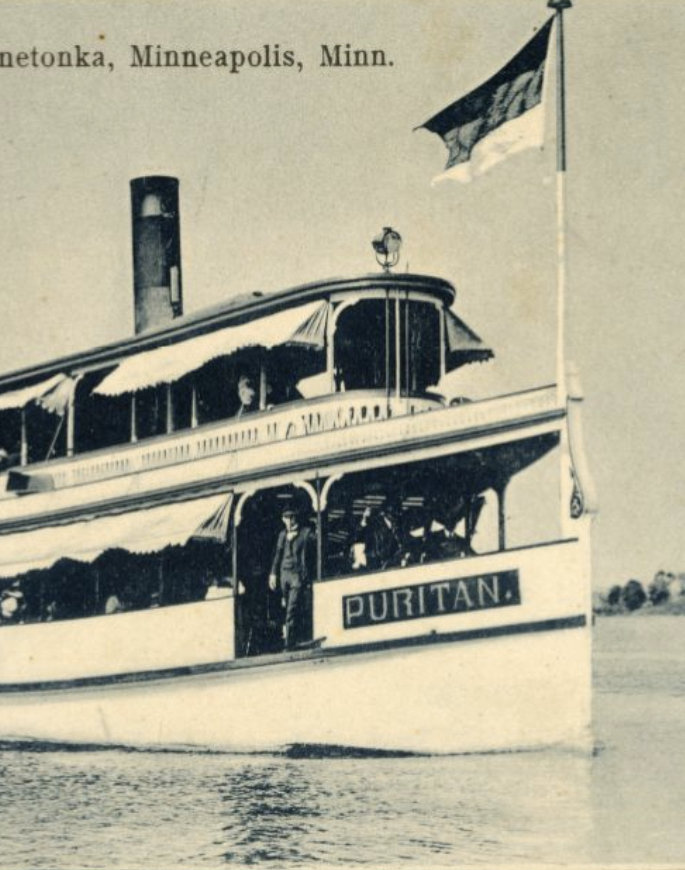
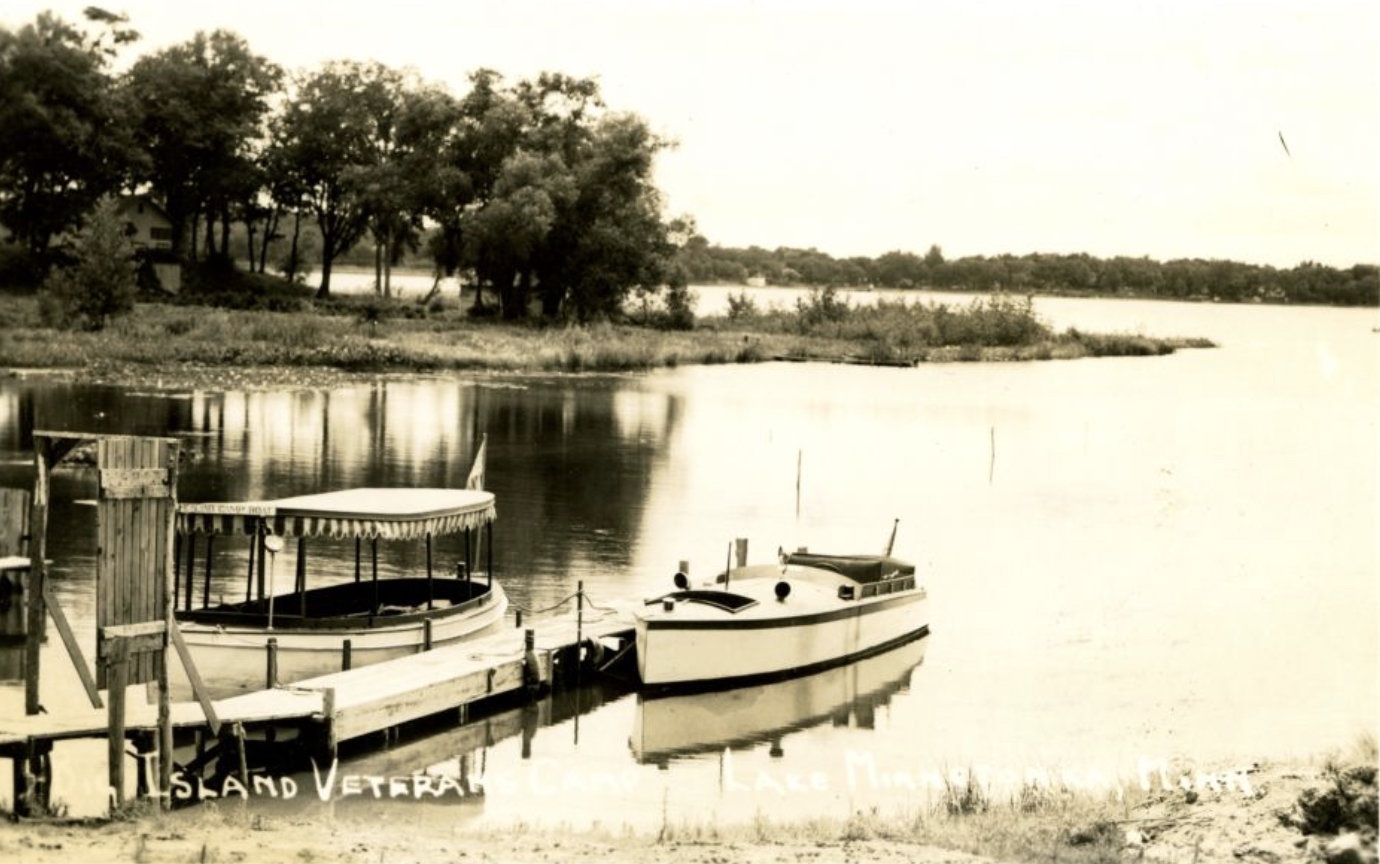
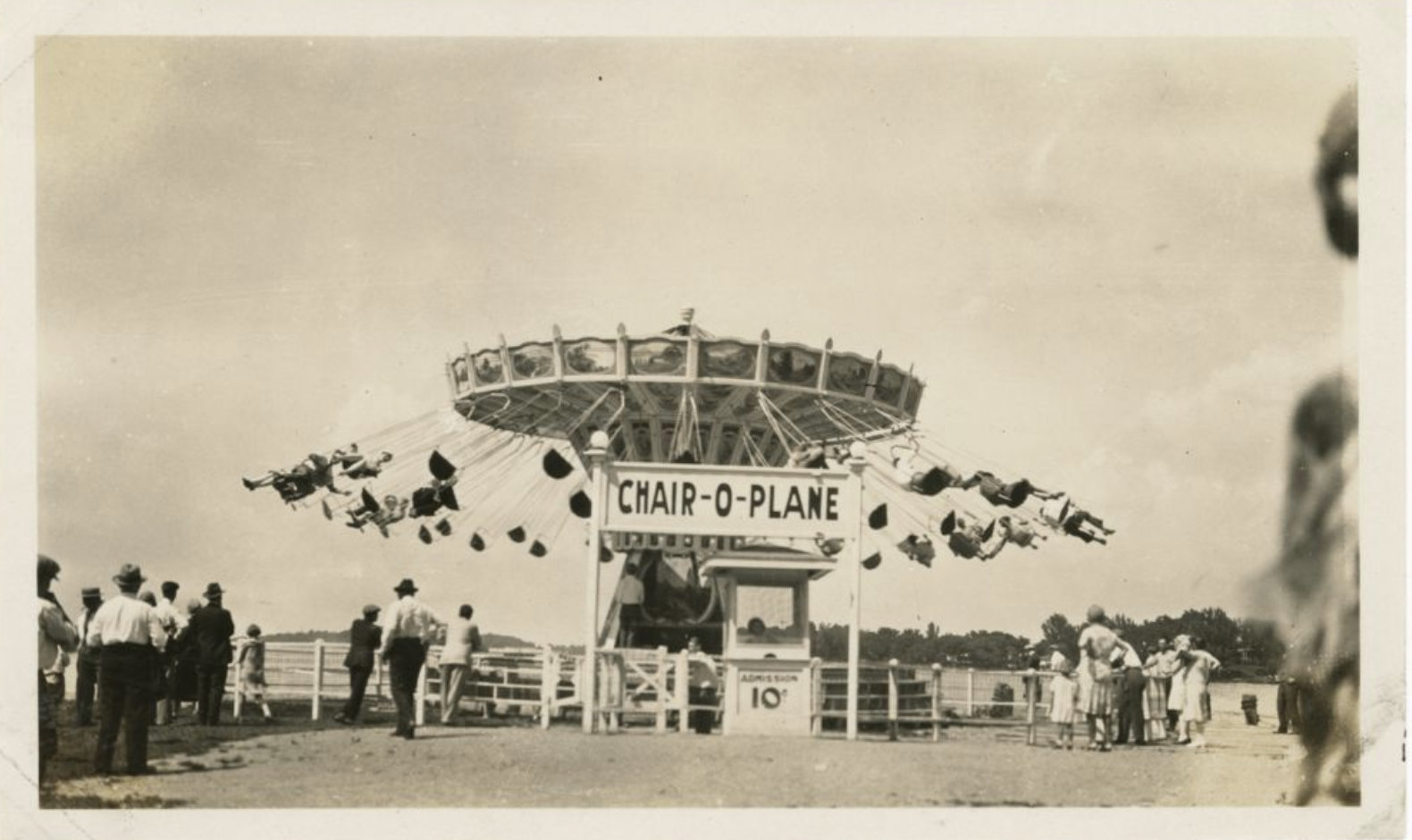
LATE 20th CENTURY
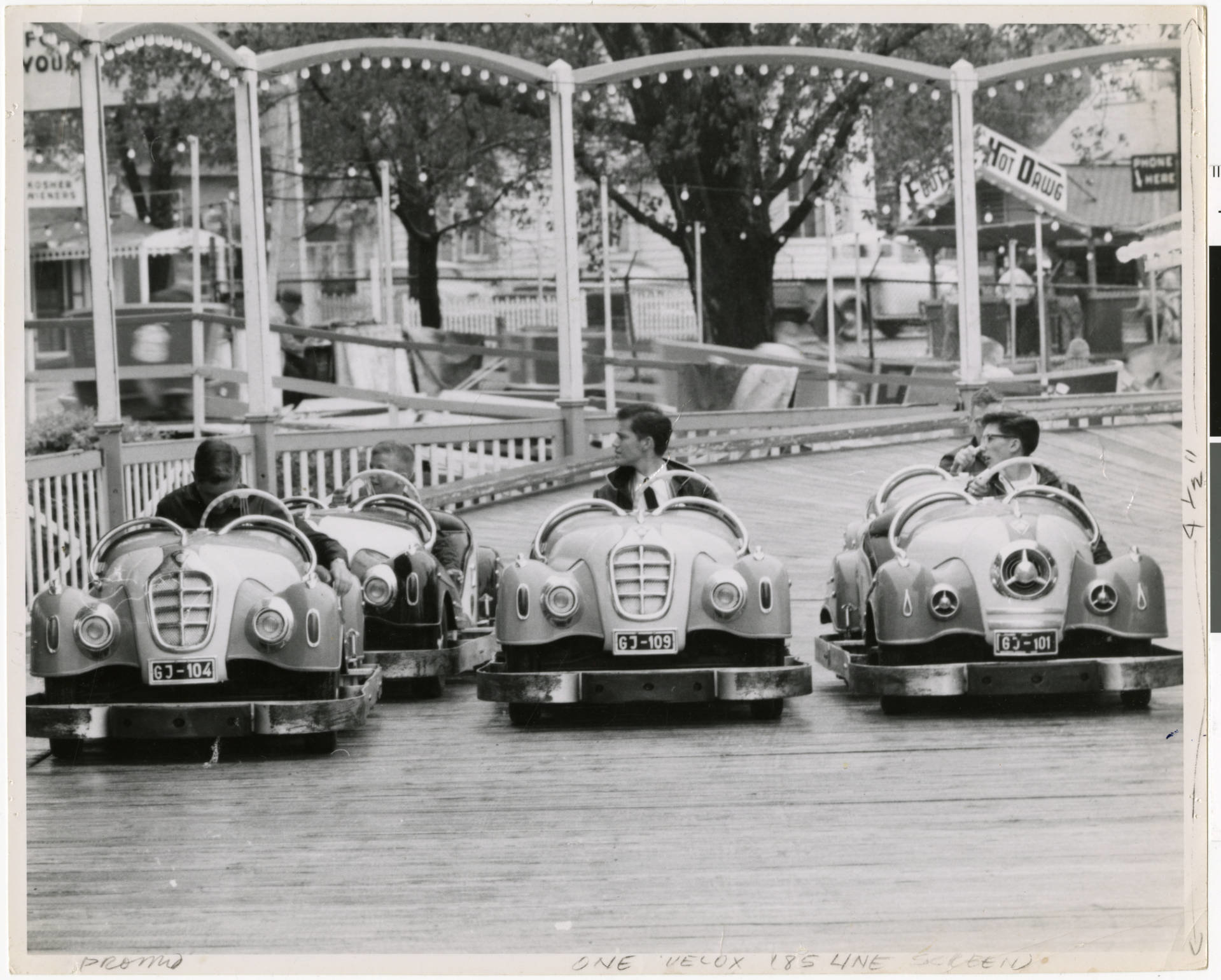
Excelsior Amusement Park
In 1926 architect Frank Lloyd Wright and his mistress, Olga Hinzengberg were arrested for allegedly violating the Mann Act while vacationing at a cottage in Tonka Bay. The charges were soon dropped after allegations against them were found untrue.
Before gaining national fame in the early 1940s, LaVerne, Maxene, and Patty Andrews of The Andrews Sisters spent their summers with relatives in Mound, a town in an area known as Westonka. The trio often returned to the area later in life as well.
In 1946 Mound Metalcraft was established in Mound. The company changed its name to Tonka Toys in the 1950s, when it became known for manufacturing toy trucks. Tonka Toys was purchased by Hasbro in 1991 and is no longer based in Minnesota.
Two F4 tornadoes ravaged the Lake Minnetonka area during the tornado outbreak of 1965, causing much damage in the communities of Mound, Navarre, and Deephaven. Hundreds of homes and many local businesses were destroyed during the outbreak.
The steamboat Minnehaha, one of the streetcar boats scuttled in 1926, was raised from the bottom of Lake Minnetonka in 1980, restored, and returned to service by 1996. Now operated by the Museum of Lake Minnetonka, the Minnehaha once again carries passengers between the communities of Excelsior and Wayzata as she did over a century ago.
ATTRACTIONS
Some of the most visited attractions on Lake Minnetonka are restaurants. Al & Alma's Supper Club and Charter Cruises was founded in Mound in 1956 and is Lake Minnetonka's oldest continually-operated restaurant and cruise line. Lord Fletcher's restaurant in Spring Park has been one of Lake Minnetonka's most popular establishments since opening in 1968. Maynards Restaurant, established in Excelsior in 1998, is another popular waterfront restaurant. Downtown Excelsior and Wayzata have since become Twin Cities culinary destinations as many new restaurants continue to appear there. Boating, sailing, and fishing are the most common activities on Lake Minnetonka. Boats of all sizes and horsepower may be legally launched on Lake Minnetonka, but speed and noise restrictions do apply. The lake has four active yacht clubs and an antique and classic boat society known as the Bob Speltz Land O' Lakes Chapter of the ACBS. Several cruise companies operate larger excursion vessels on the lake, the largest of which is Al & Alma's 83 foot Bella Vista. Lake Minnetonka's magnificent homes are a common highlight on these sightseeing, dinner, and brunch cruises.
To learn more about boating on Lake Minnetonka, check out the boating guide. Learn about new 2023 regulations, speed limits and quiet water restrictions, safety and youth-specific regulations, and more.
The Old Log Theater, located in Greenwood, first opened in 1940 and is now Minnesota's oldest professional theater organization. Alumni of the theater include actors Nick Nolte and Loni Anderson.
Lake Minnetonka is home to several regional parks owned by Three Rivers Park District. The largest among these are Lake Minnetonka Regional Park in Minnetrista and Noerenberg Gardens in Orono. Three Rivers Park District also maintains two regional bike trails near the lake. Two other large public parks on Lake Minnetonka include Big Island Nature Park and the Excelsior Commons.Boating on Lake Minnetonka
Other activities on Lake Minnetonka include swimming, kayaking, and standup paddleboarding during the summer, and ice fishing, snowmobiling, and ice sailing during the winter.
Several community festivals are held around the lake each year. Some of the larger events include James J. Hill Days in Wayzata, Apple Day in Excelsior, and the Spirit of the Lakes Festival in Mound.

